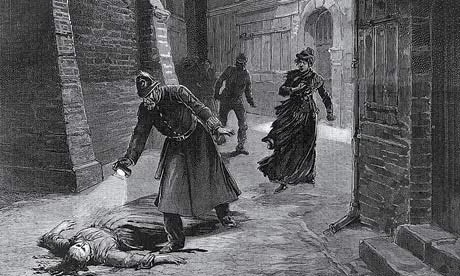New DNA evidence claims to solve the Jack the Ripper mystery, linking suspect Aaron Kosminski to the crimes. Descendants push for an official inquest to confirm the killer’s identity.
Jack the Ripper Mystery Solved? DNA Links Suspect Aaron Kosminski to 136-Year-Old Crime
A researcher claims to have cracked one of history’s most infamous mysteries—the identity of Jack the Ripper. Russell Edwards, who has spent years investigating the case, says DNA evidence from a bloodstained shawl found at the crime scene of victim Catherine Eddowes matches that of Aaron Kosminski, a long-standing suspect in the murders.

Edwards described the moment he discovered the “100 per cent DNA match” as a breakthrough that brings closure to the 136-year-old case. “This is a form of justice for the descendants,” he said.
The DNA Breakthrough
Kosminski, a Polish-born barber, has been a prime suspect in the brutal murders of five women in London’s Whitechapel district between August and November 1888. The killer, who was never caught, terrorized Victorian England, leaving a legacy of fear and mystery.
Edwards, working with genealogists, traced a living relative of Kosminski who provided a DNA sample. When tested against genetic material from the shawl, it reportedly matched. The shawl, purchased at an auction in 2007, was believed to have been found near Eddowes’ body. Forensic analysis confirmed the presence of DNA from both the victim and Kosminski, strengthening the case against him.
Calls for an Official Inquest
Descendants of both Eddowes and Kosminski are now pushing for an official inquest to legally confirm the killer’s identity. “We have the proof,” said Karen Miller, a descendant of Eddowes. “Now we need this inquest to legally name the killer.”
Kosminski, who suffered from mental illness, was eventually placed in an asylum and died in 1919. While some historians remain skeptical of DNA evidence from such an old crime scene, supporters believe this marks a turning point in the case.
A Legacy of Fear and Mystery
Jack the Ripper’s reign of terror left London in a state of panic, with widespread criticism of the police’s failure to catch the killer. Over the decades, numerous theories and suspects have emerged, including aristocrats, doctors, and even American serial killer H.H. Holmes.
If Edwards’ findings are accepted in court, they could finally bring an end to one of history’s longest-running crime mysteries.








